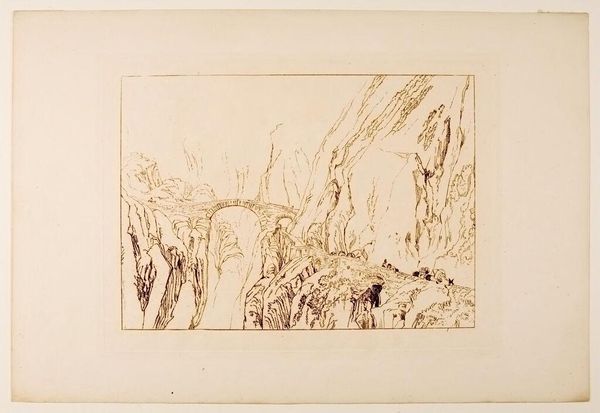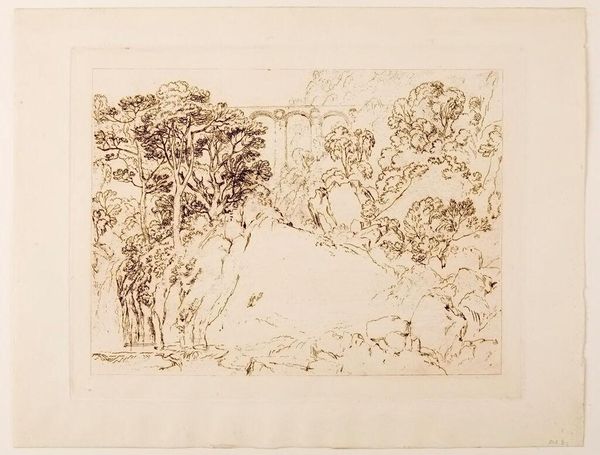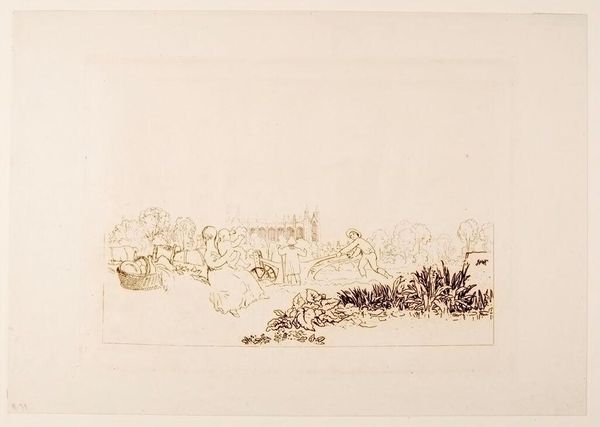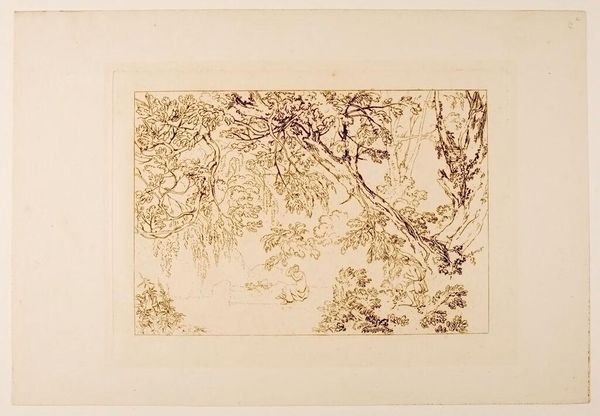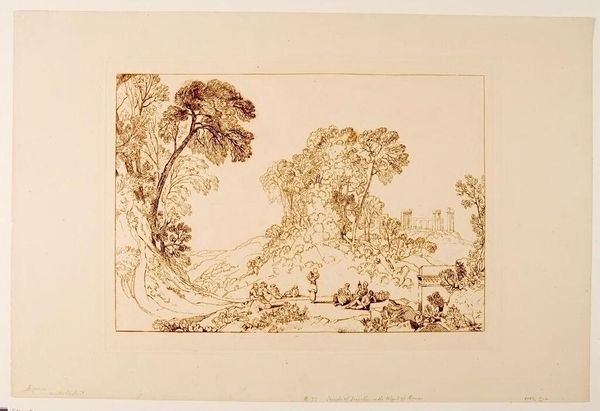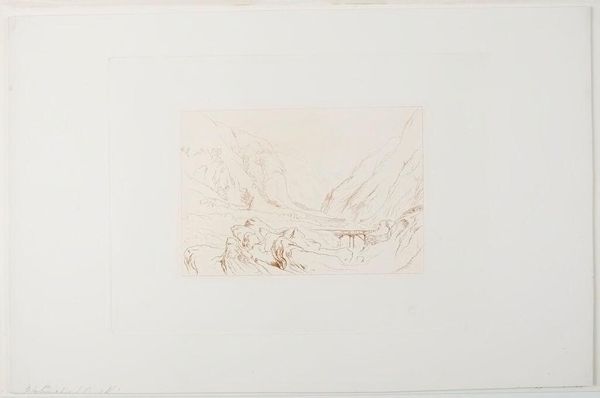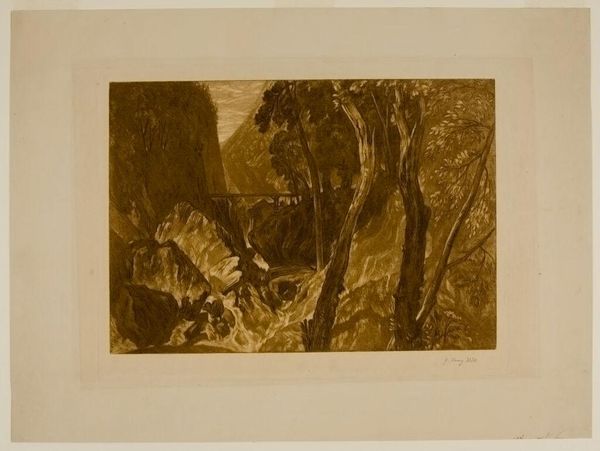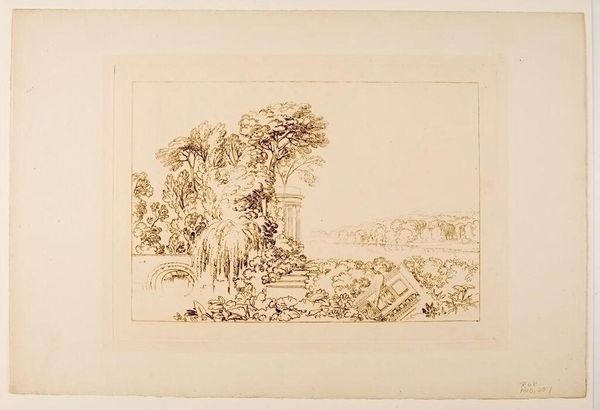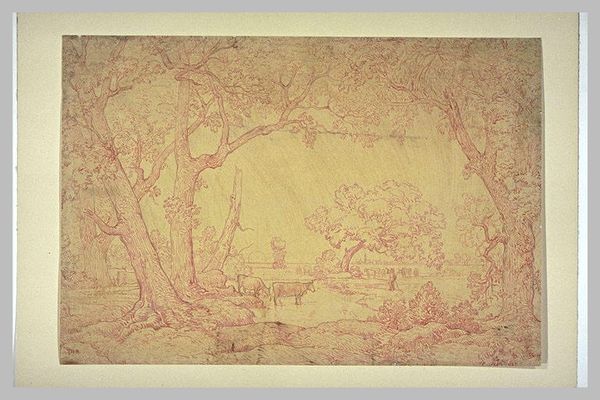
Copyright: CC0 1.0
Editor: This is a drawing called "Stork and Aqueduct" by J.M.W. Turner. I find the landscape quite dreamlike, almost fading away. What do you see in this piece? Curator: The aqueduct represents civic power, while the stork hints at the natural world’s endurance. Consider how landscape paintings during Turner’s era often served to legitimize colonial expansion and ownership of land. Do you think this work reinforces or subverts that tradition? Editor: I hadn't considered the colonial aspect. Perhaps the stork suggests a tension between nature and imposed power? Curator: Precisely. Turner often questioned societal norms. By placing a seemingly simple animal alongside this structure, he invites us to think critically about nature's role versus humanity’s influence. Editor: That gives me a completely different perspective. It's more than just a landscape; it’s a commentary. Curator: Absolutely. It reflects a deeper engagement with the socio-political landscape.
Comments
No comments
Be the first to comment and join the conversation on the ultimate creative platform.
